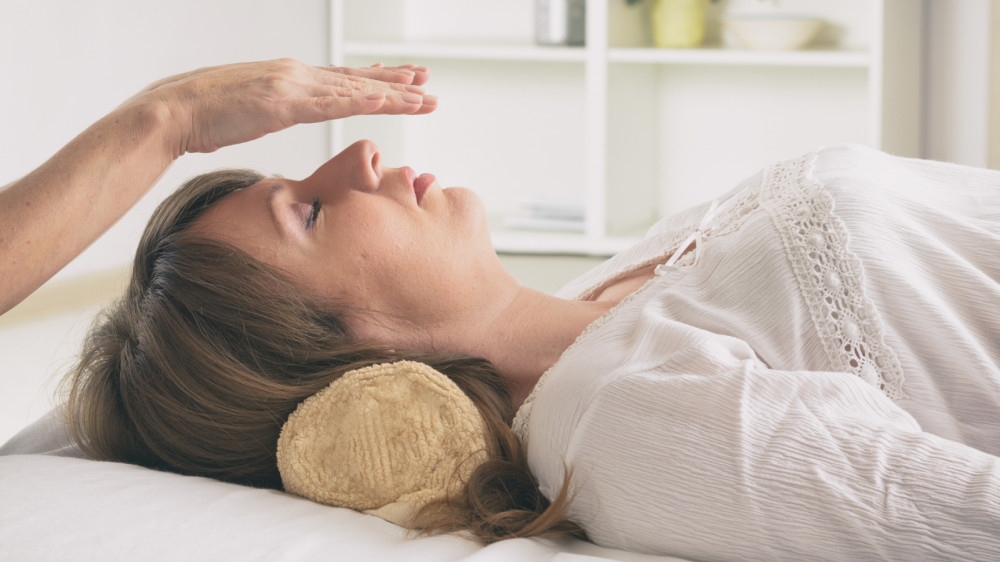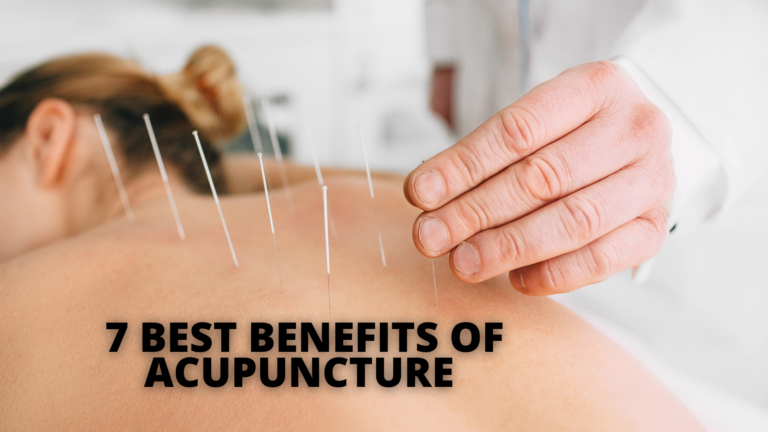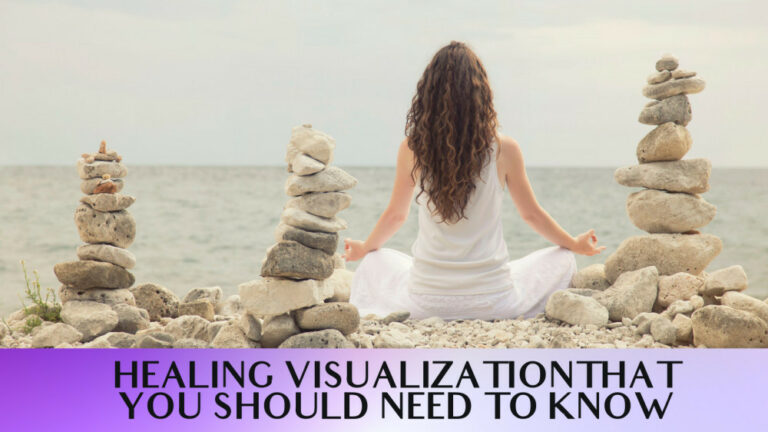An Overview Of Reiki Energy Healing
An Overview Of Reiki Energy Healing
Perhaps you've heard of Reiki but are unsure what it is. Maybe you're considering reiki but aren't sure it's right for you.
Perhaps your doctor has recommended Reiki as a complementary therapy to your current medical treatments. The blog can be very helpful for you to solve all of your questions.
What Is Reiki
Reiki is a Japanese energy therapy style used as an alternative to conventional medicine.
Reiki practitioners use a practice known as palm healing, also known as hands-on healing, in which a “universal energy” is supposed to be transferred from the practitioner's palms to the patient to promote emotional or physical healing.
Reiki is a pseudoscience utilized in scholarly publications and academic journal articles as an example of pseudoscience.
It is based on qi (“chi”), which practitioners claim is a universal life force, although there is no factual proof for such a force.
According to clinical studies, Reiki has not proven beneficial as a treatment for any medical illness, including cancer, diabetic neuropathy, anxiety, or depression. As a result, it should not be used in place of traditional medical care.

History Of Reiki
Reiki, as it is practiced in the United States today, can be traced back to Mikao Usui‘s teachings in Japan in the early 1920s.
Usui was a lay monk with a wife and two children who had been a lifelong spiritual seeker. During Usui's time, various Buddhist, Taoist, and Shinto lineages coexisted as dominant themes in Japanese spirituality and culture.
Usui's intense spiritual practices culminated in a profound revelation that gave birth to the Reiki technique.
It was most likely in 1922 that this realization occurred. During the last four years of his life, Usui travelled extensively throughout Japan, teaching his spiritual teachings to over 2,000 beginners but only training 16 as Reiki masters.
Chujiro Hayashi, one of his master's students, was a retired naval officer. Hayashi collaborated with Usui to extract healing practices from Usui's larger body of teachings to make them more widely available.
Hayashi opened a Reiki clinic in Tokyo, where 16 practitioners worked in pairs to provide treatment.
Hawayo Takata, a first-generation Japanese-American, sought treatment at Hayashi's clinic for various ailments, including asthma. Takata's health was restored after months of treatment, and she became a dedicated student.
Takata introduced Reiki to Hawaii in 1937, then to the United States mainland, with Hayashi's active guidance and support.
Takata had been practicing and teaching Reiki for 40 years before beginning to train Reiki masters (practitioners empowered to teach others).
Takata's teachings have been passed down through her 22 Reiki masters since her death in December 1980.
Reiki has grown in popularity and is now practiced worldwide, though not always in the way Takata taught.

How Does Reiki Work?
Life force flows through us; we are alive. Chakras, meridians, and nadis are routes in the physical body that carry life force.
It also circulates about us in the form of an aura, a field of energy. The life force nourishes the body's organs and cells, which helps them perform their vital activities.
When the passage of life energy is disturbed, one or more of the physical body's organs and tissues suffer from impaired function.
Thoughts and feelings elicit responses from the life force. It is disrupted when we consciously or unintentionally accept unpleasant thoughts or sentiments about ourselves.
These negative ideas and emotions become entangled in the energy field, disrupting the flow of the life force.
This reduces the vital function of the physical body's organs and cells. Reiki works by flowing through the energy field and charging the damaged areas with positive energy.
It boosts the vibratory level of the energy field in and around the physical body, which is associated with negative thoughts and feelings. The negative energy disintegrates and falls away as a result.
Reiki does this by clearing, straightening, and healing energy pathways, allowing the life force to flow healthily and naturally.
You lie completely clothed on a massage table while a practitioner rests their palms on or just over certain body regions known as energy hubs.
The practitioner can use up to 15 alternative hand postures. They pick how long to leave their palms in each area based on the energy flow they sense via their hands.
Even though you're lying on a massage table, the practitioner isn't massaging, applying pressure, or manipulating your joints.
At the most, they're just employing soft touch. Heat, tingling, or pulsing may be felt where their hands are or across their entire body.
It's also possible that you won't notice any differences at all. Some people become tired as a result of their relaxed state. A Reiki treatment lasts roughly 50 minutes on average.
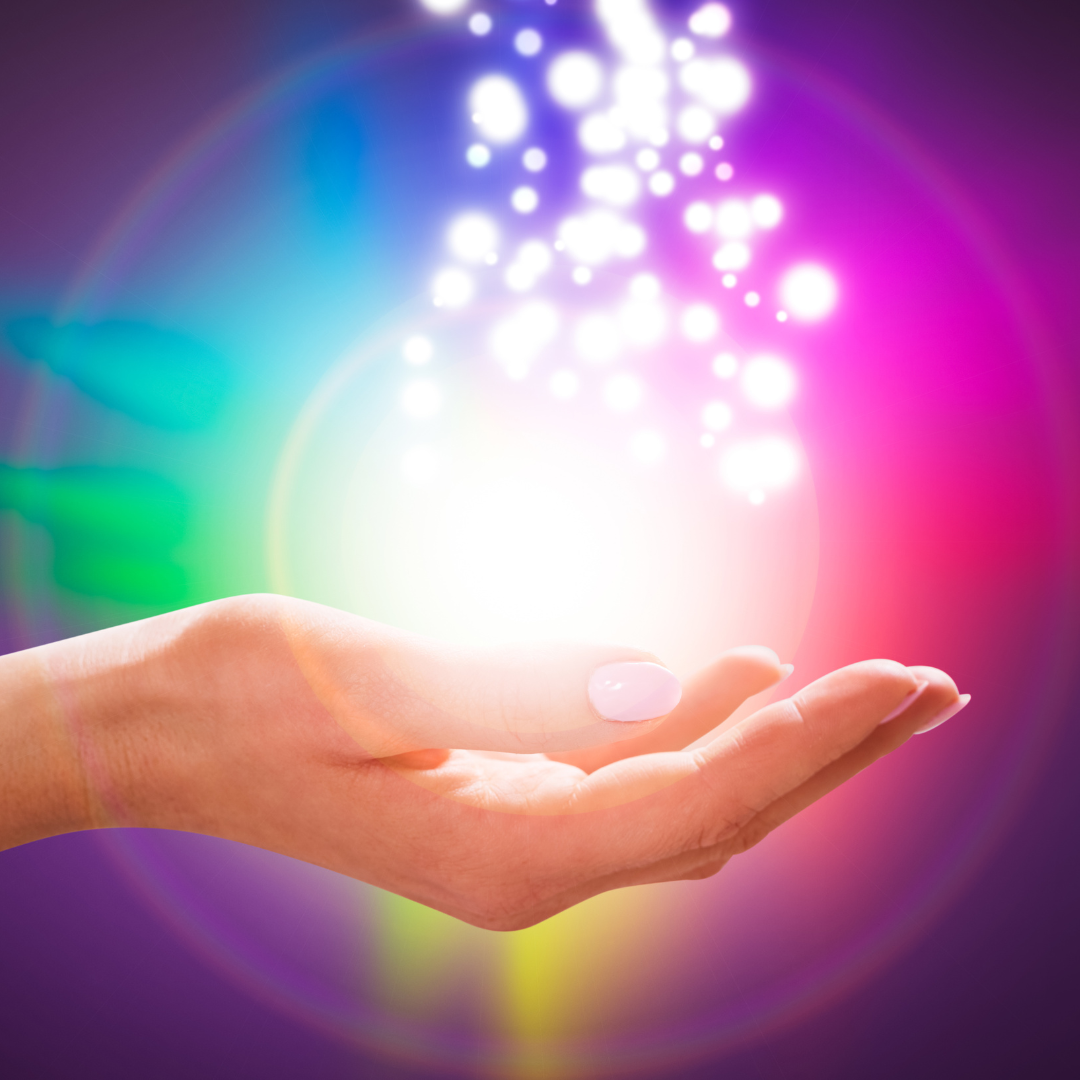
Who Can Practice Reiki?
Anyone who completes an apprenticeship with a “Reiki master” and one or more rituals. There is no national certification exam to take, and there are no licensing requirements in the states.
The rituals needed to become a Reiki practitioner are part of an attunement process, in which a Reiki master “opens” what they believe are energy channels in the person's body.
There are several levels of attunement. Reiki proponents think that:
- First-degree attunement allows a person to use touch to perform Reiki on himself and others.
- The second degree allows someone to practice it intellectually without touching it directly.
- The third degree (also known as master level) confers the ability to perform attunement rituals on others.
If you're looking for an experienced and ethical Reiki practitioner, ask your doctor if they know of anyone.
Reiki is also utilized in hospitals and hospices, so ask if anyone in your area knows of anyone who can help you.
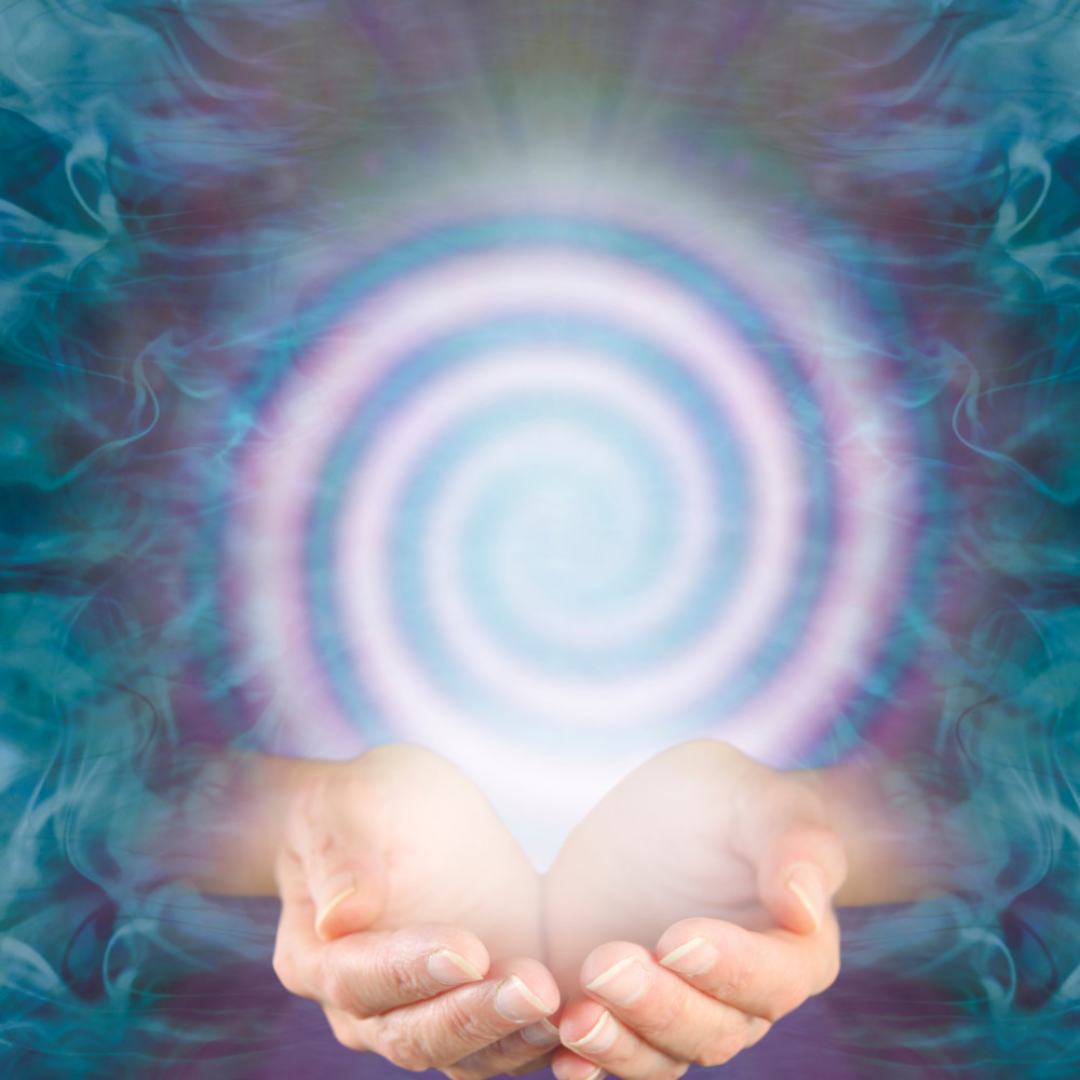
What Happens In A Reiki Session?
Practitioners usually give Reiki treatments in a quiet, private location. The treatment, on the other hand, can take place anywhere.
The client will be fully clothed and sit in a comfortable chair or recline on a table during a session. The practitioner will then lightly place their hands on or over particular parts of the client's head, limbs, and body.
They usually maintain their hands in various positions for 3–10 minutes. If the practitioner treats a specific ailment, such as a burn, they will place their hands just over the area.
According to proponents, an energy transfer occurs when the practitioner lightly places their hands on or over the body. During this period, the practitioner's hands may feel warm or tingly.
They will maintain each hand position until they feel the energy has ceased to flow. When the practitioner feels the heat, or energy, in their hands has dissipated, they will remove their hands and place them over another part of the body.
Health Benefits Of Reiki
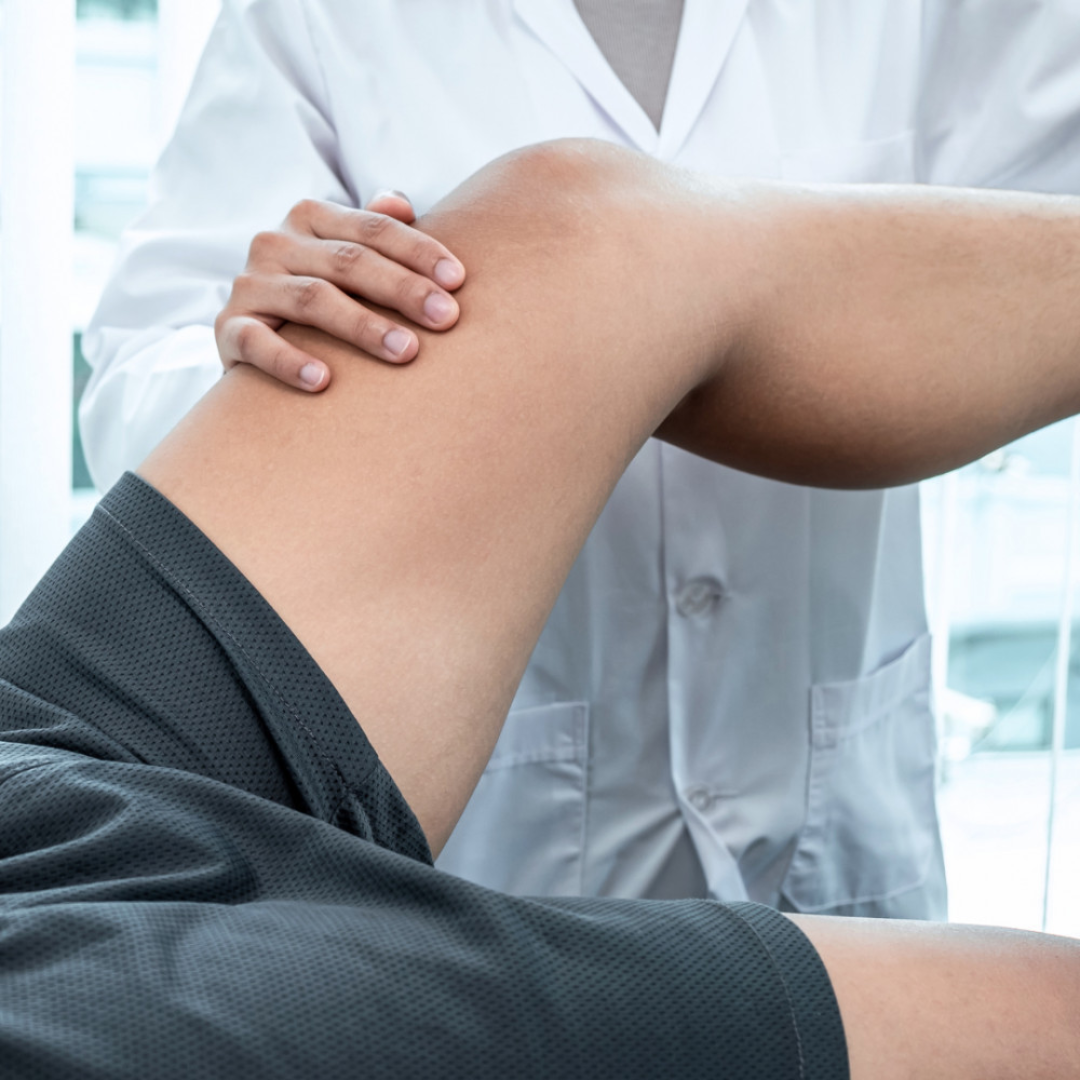
1. Relieves Pain, Anxiety, and Fatigue
Reiki may help relieve pain and anxiety, according to a review of randomized trials, though additional research is needed.
It may also aid in the reduction of weariness. People being treated for cancer who received distant reiki in addition to standard medical therapy experienced lower levels of discomfort, worry, and fatigue, according to a 2015 study.
These levels were much lower than those seen in the control group, which solely received medical attention.
For five days, participants received 30-minute sessions of distant reiki. Another study from 2015 looked at the effects of reiki on women who had had a cesarean delivery.
They discovered that reiki lowered pain, anxiety, and breathing rates in women who had a cesarean delivery 1-2 days later.
Analgesic painkiller use and availability were also reduced. Blood pressure and pulse rate were not affected by Reiki.
In a 2018 study, reiki was compared to physiotherapy in treating lower back pain in persons with herniated disks.
Both therapies were equally efficient in reducing pain, although reiki was more cost-effective and, in some situations, faster.
2. Treats Depression
Reiki sessions can help relieve depression as part of a therapeutic regimen. Researchers investigated reiki's effects on older people suffering from pain, sadness, or anxiety.
In a person’s small 2010 study, the participants said their physical symptoms, happiness, and overall well-being had improved. They also reported improved self-care, increased interest, and feelings of relaxation.

3. Promotes Harmony & Balance
Reiki is a non-invasive energy transfer technique that successfully boosts general health. The body can reestablish equilibrium across all mind, body, and spirit systems through energy transfer. This brings about unity and allows people to maintain a happy attitude.
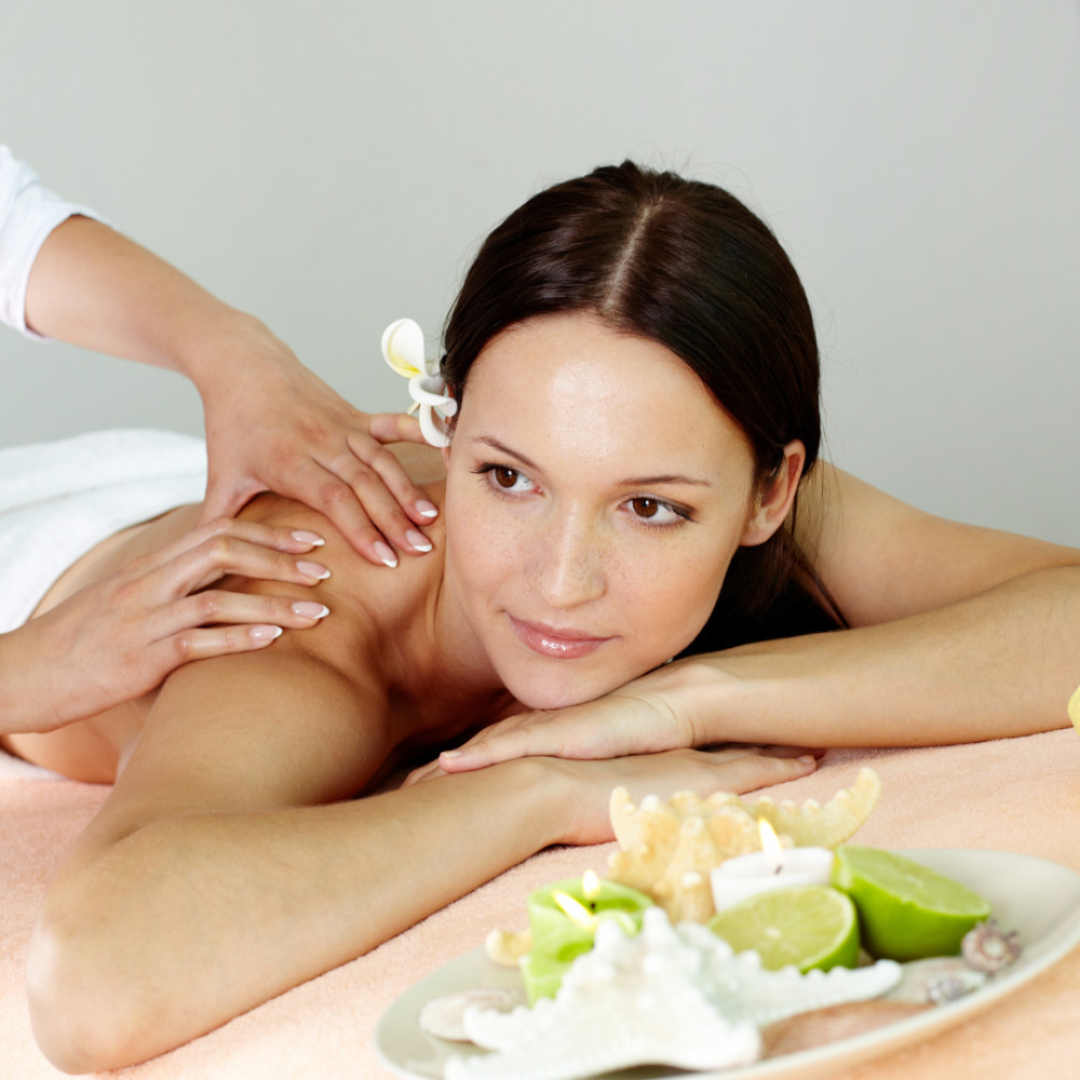
4. Relaxes And Releases Tension
Reiki helps many people to “be.” This is something that many people appreciate. It's a few minutes of pure relaxation during which the recipient can clear their heads and let go of the strain and worry of the day.
Reiki's energy transfer can make people feel calm, relaxed, and lighter, allowing them to connect with their inner selves and reflect more clearly on their lives.
5. Balances Mind, Body, And Spirit
Reiki therapy regularly encourages the free passage of energy throughout the body. This reduces stress, improves learning and memory, promotes mental clarity, and promotes physical healing/pain relief.
Positive energy cannot flow to particular body portions when energy channels are obstructed, resulting in mood swings, fear, rage, pain, and more. These channels can be kept clear with Reiki.
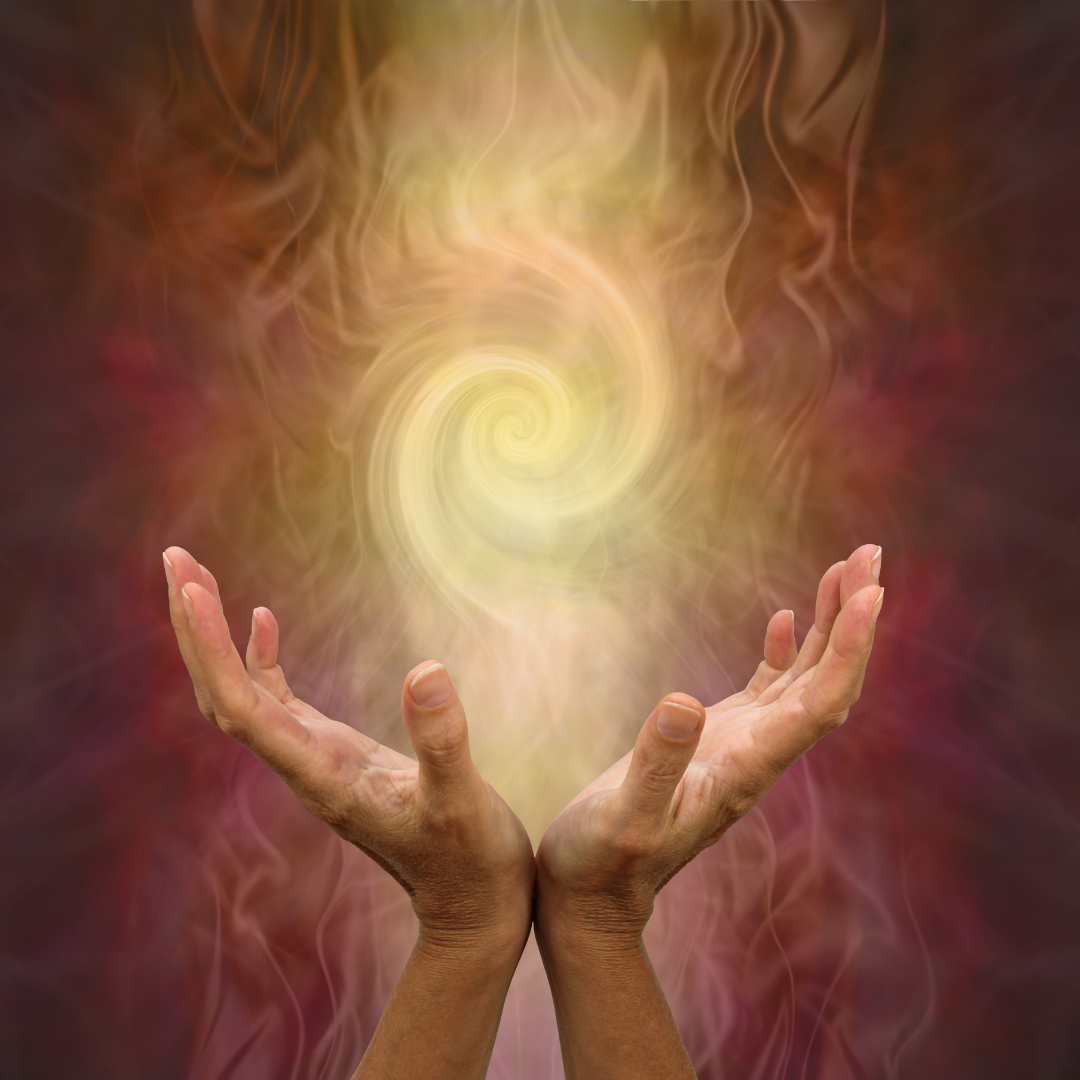
6. Cleanses The Body Of Toxins And Supports The Immune System
The Reiki technique reminds our bodies to return to rest and digestion, known as “repair” or “self-healing.”
Our bodies begin to rid themselves of unnecessary energies when this stage is triggered. It also protects the body against tiredness, burnout, and immune system failure.
7. Clears The Mind And Improves Focus
Reiki reminds people to be present in the moment. The positive energy transfer permits the mind to concentrate on current events rather than dwelling on previous mistakes or worrying about the future.
This will assist in embracing life as it unfolds and promoting positive attitudes towards situations, people, and circumstances.
8. Improves Sleep
After a Reiki session, you can always expect to feel relatively calm. This type of relaxation aids our body in sleeping better, healing more quickly, and thinking more clearly. During a Reiki session, it is not uncommon for people to fall asleep entirely.

9. Helps Spiritual Growth And Emotional Cleansing
Reiki treats the whole individual, including the mind, body, and spirit, rather than simply the physical body.
This indicates that the positive energy transfer provided by Reiki is particularly effective in improving the receiver's mood and outlook on life. The healing that begins within them will impact their decisions and outlook on the outside.
10. Accelerates The Body’s Self-Healing Ability
Reiki restores the balance of your internal body levels, allowing you to return to a more natural state.
Breathing, heart rate, blood pressure, circulation, and other body systems will improve. Your body can mend itself from within if you maintain this natural equilibrium.
Types Of Reiki
Beyond Usui Reiki, there are many additional Reiki styles to choose from. Each Reiki style has its philosophy, symbols, and attunement method.
The fundamental notion of universal energy that aids emotional, mental, spiritual, and physical healing is shared by all Reiki methods.
According to some estimates, there are over 1,000 types of Reiki, with many sub-styles deriving from the basic techniques.
Some Reiki techniques have evolved due to geography and appropriate cultural beliefs in each country, such as Tibet, India, and Egypt.
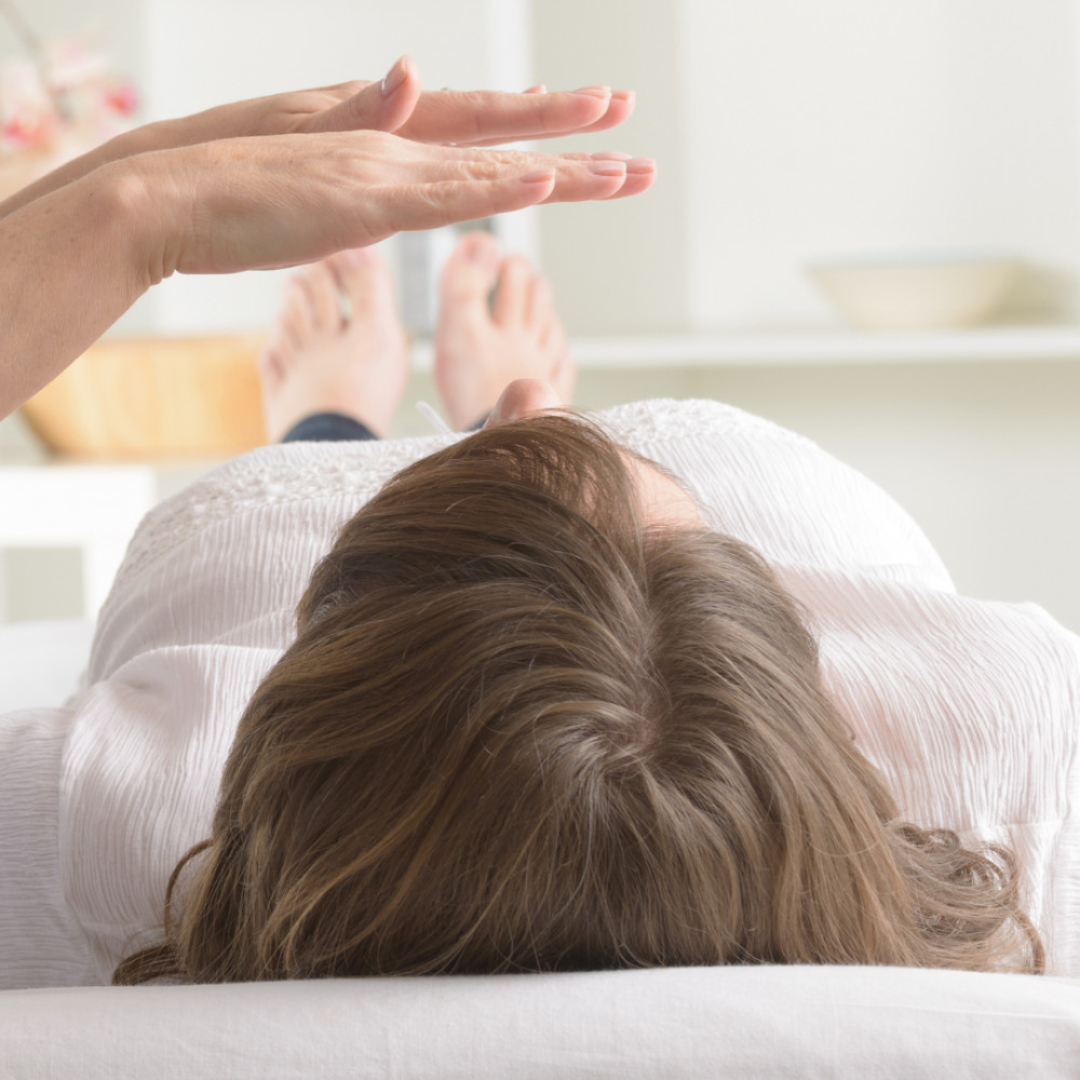
1. Jikiden Reiki
This core type is an unaltered form of Usui Reiki and is considered the purest form of reiki. The word Jikiden means “straight line,” implying that it adheres to Usui's original teachings to the letter.
A more positive mental attitude is said to be one of the benefits, as is an improved capacity to break harmful behaviours.
Yamaguchi Tadao, the originator, was the son of one of Usui's disciples and had considered Usui Reiki lacking. As a result, he supplemented the practice with new information to fill the perceived holes.
Despite the changes, Jikiden Reiki is usually regarded as a more pure form of Usui Reiki than modern Usui and the most effective of the five main techniques.

2. Karuna Reiki
Based on the virtue of compassion, this form employs an ancient Sanskrit name for the virtue that has enormous significance in Buddhism and Hinduism.
Karuna Reiki is mainly based on the goal of Nirvana and focuses on gaining prajna (knowledge) to better yourself and heal others emotionally and physically.
While it is significantly more religious than Usui Reiki, it is also thought far more powerful when mastered because of its connection with the Enlightened, such as the Buddhas.
Karuna Reiki deals with enlightenment similarly to Lightarian Reiki's Buddhist origins. When this method is used, the client acquires a strong sense of compassion due to the treatment. It also aids in the alleviation of any suffering they may be experiencing in their lives.
Karuna Reiki is popular among practitioners since it entails self-healing to help others heal. It is non-invasive, like all other Reiki forms, and facilitates the release of emotional trauma. Reiki treatments can be highly effective if the client wants to restore a broken relationship.
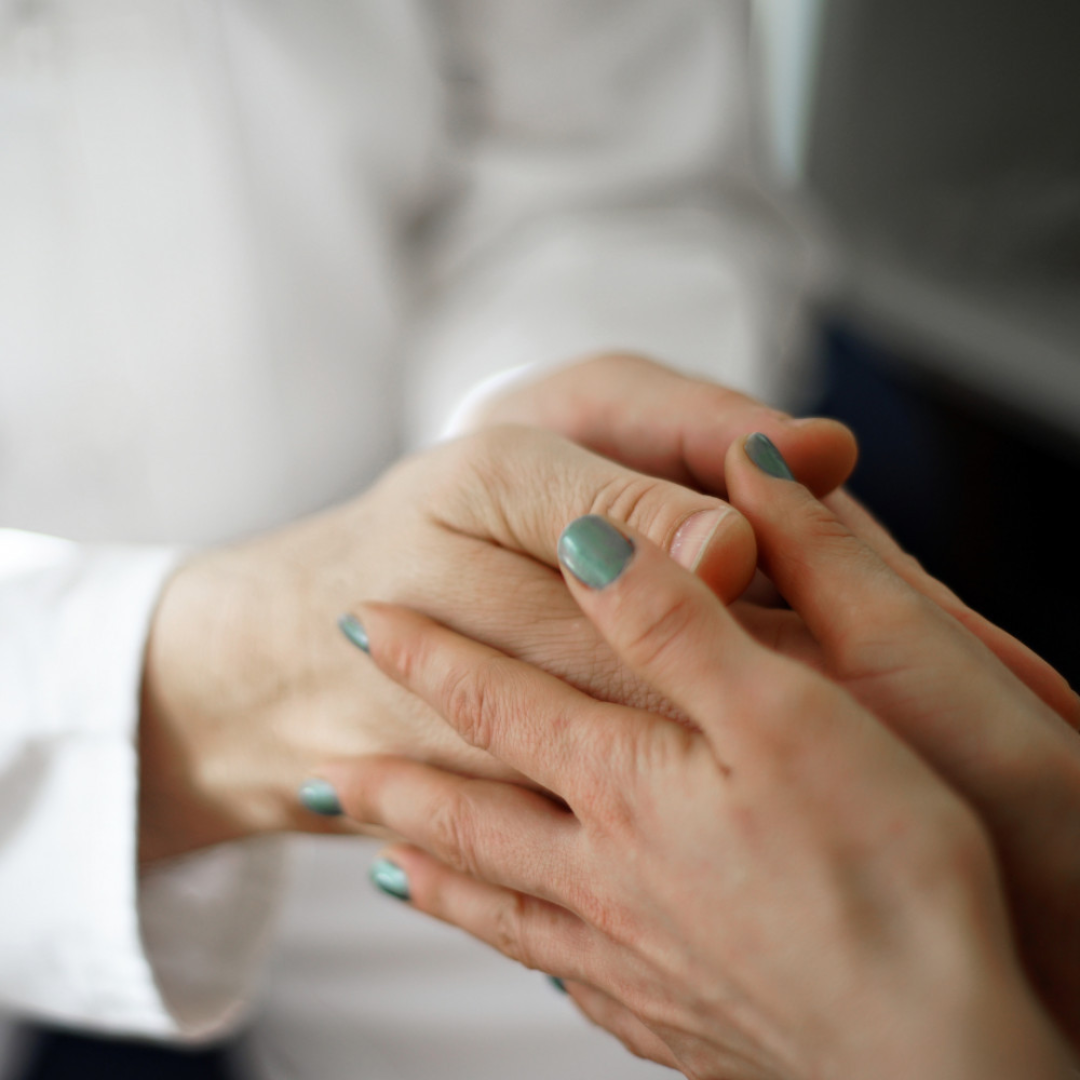
3. Kundalini Reiki
Kundalini Reiki is a highly distilled style of reiki that focuses on alleviating physical and mental tension.
Danish reiki master Ole Gabrielsen created it. This sort of reiki lacks the core forms' symbolism while sticking to Tantric ideas such as earth and heaven energies.
As a result, the practice is thought to be more effective in dealing with emotional disorders, sexual dysfunction, and problems in the lower chakra points. It should also raise awareness and a sense of love and peace.
4. Lightarian Reiki
This fundamental style of reiki is based on an eight-band philosophy and is considered the inevitable evolution from Usui and Karuna Reiki toward perfection.
Usui Reiki and Karuna Reiki are the first two bands, respectively. The six remaining Lightarian bands are split into three groups.
Levels I and II are the first steps in developing a practitioner's healing abilities. Individual attunement focuses on levels III to IV, while levels V to VI bring it together.
Each vibrational band is supposed to require 30 days to integrate the energy and speed up the healing process compared to the previous one.
It is designed to be simpler than previous reiki so that practitioners can concentrate on connecting with the Buddhas.
As previously stated, many Reiki practitioners understand that Usui is the cornerstone of all treatments.
All other varieties of Reiki have developed from this, enabling the discovery of new therapies. One such evolution is Lightarian Reiki, which is based on numerous Buddhist ideas.
When put into practice, it allows the client's healing to be more efficient. Lightarian Reiki, according to many practitioners, allows user to extend their awareness.
Once this occurs, they may develop an exceptional sensitivity to the environment around them, which may lead to spiritual abilities.
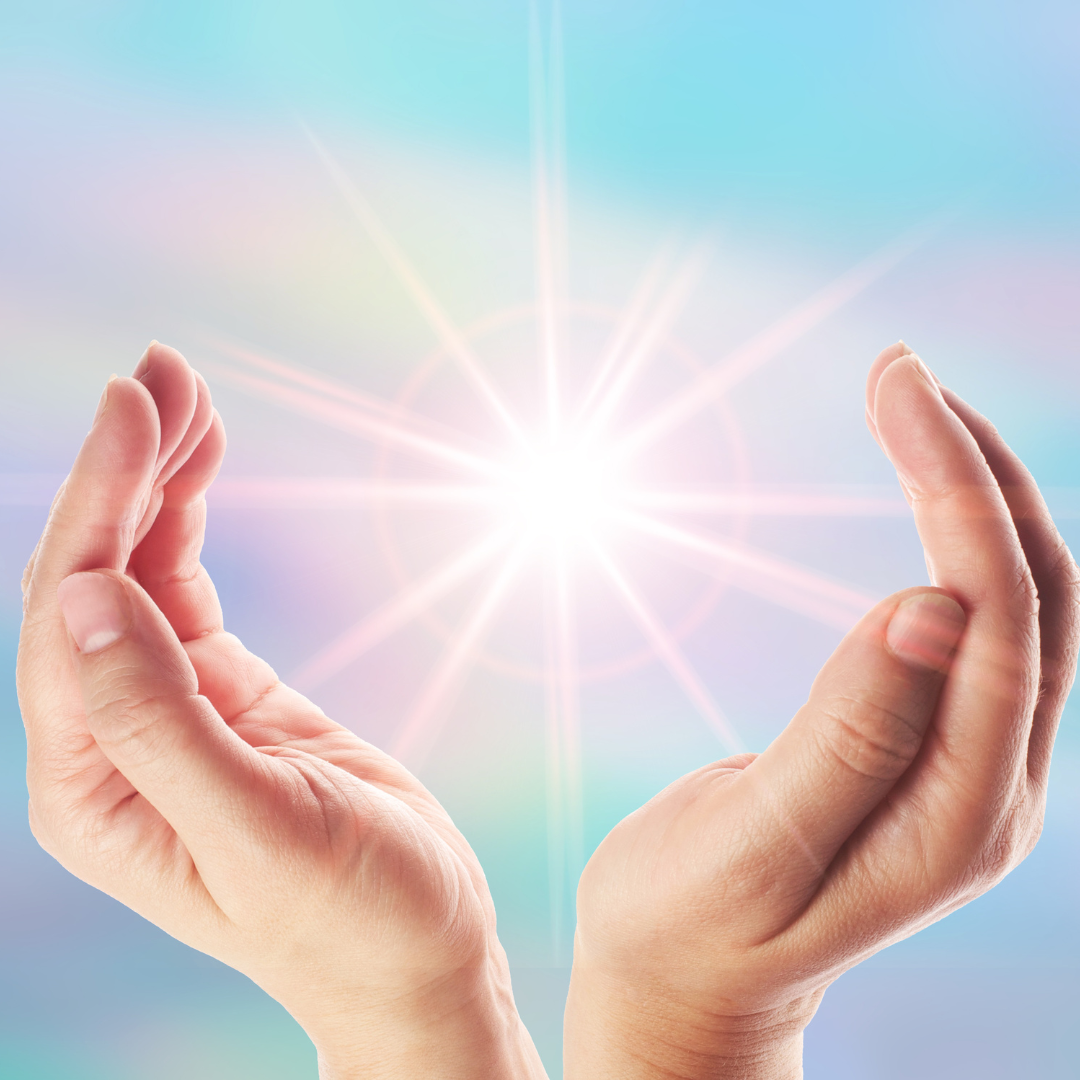
5. Rainbow Reiki
Rainbow Reiki, an offshoot of Usui Reiki, was created by Walter Lubeck and incorporates several additional techniques into the original tradition, including astral travel, crystal healing, and karmic cleaning.
This type of reiki is very spiritual and encourages people to work with angels and deities to boost their personal growth and healing powers.
This also applies to people on the path to Nirvana or those who want to be the most excellent and loving person they can be.
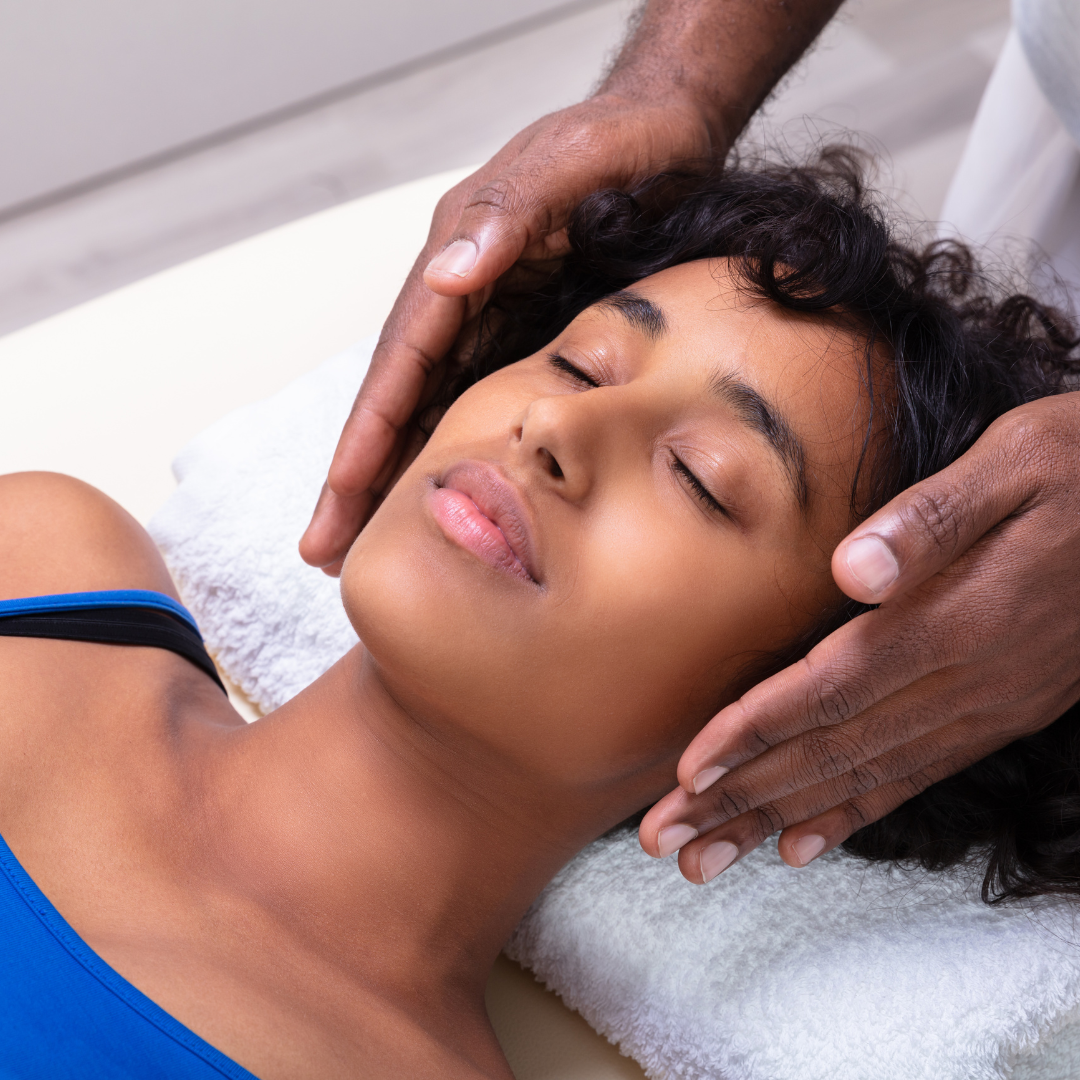
6. Seichim Reiki
Seichim (or Sekehem) is possibly the most unusual of all the Reiki kinds. Instead of drawing its vibrational energy from Eastern sources, it draws it from the Ancient Egyptian goddess Sekhmet.
It also incorporates the five Western elements to aid the patient's healing, chakra opening, and spiritual equilibrium.
Seichim Reiki's energies are believed to be similar to those of a goddess: feminine, delicate, loving, and destructive to negativity. Essential oils and symbols are used in the treatments, which gradually increase in intensity.
It's particularly useful in treating people with mental distress, such as anxiety and depression, by clearing negative energy and allowing positive energy to flow. The effects of each treatment are claimed to last four to five days.

7. Usui Reiki
This is the ideal type of reiki, named after its originator, Usui Mikao, with around 90% of all reiki practices being Usui or a derivative.
Usui Reiki was created in the early twentieth century, and before he died in 1926, Misao is thought to have instructed over 2,000 people in practice.
Takata Hawayo, one of his students, took Usui Reiki to the United States, where he opened the first Reiki clinic in 1970. Because of this, despite its Japanese origins, it's frequently called “Western Reiki.”
Numerous minor kinds of reiki necessitate a practitioner's knowledge of Usui Reiki techniques. Healing Practice, Mystic Order, Personal Development, and Spiritual Discipline are the four aspects of the approach.

8. Western Reiki
This type of Reiki is the foundation for all forms of energy healing. Western Reiki, also known as Usui, was developed in Japan by Mikao Usui over a century ago.
Usui took advantage of the benefits of energy healing by incorporating it into a treatment for various ailments. This subsequently made its way to the Western world, where it flourished.
The practitioner of Usui Reiki brings the client's emotions and sentiments to the surface. Allowing this to happen allows for proper physical healing to occur. It is a non-invasive treatment that does not require using needles to interact with the client.
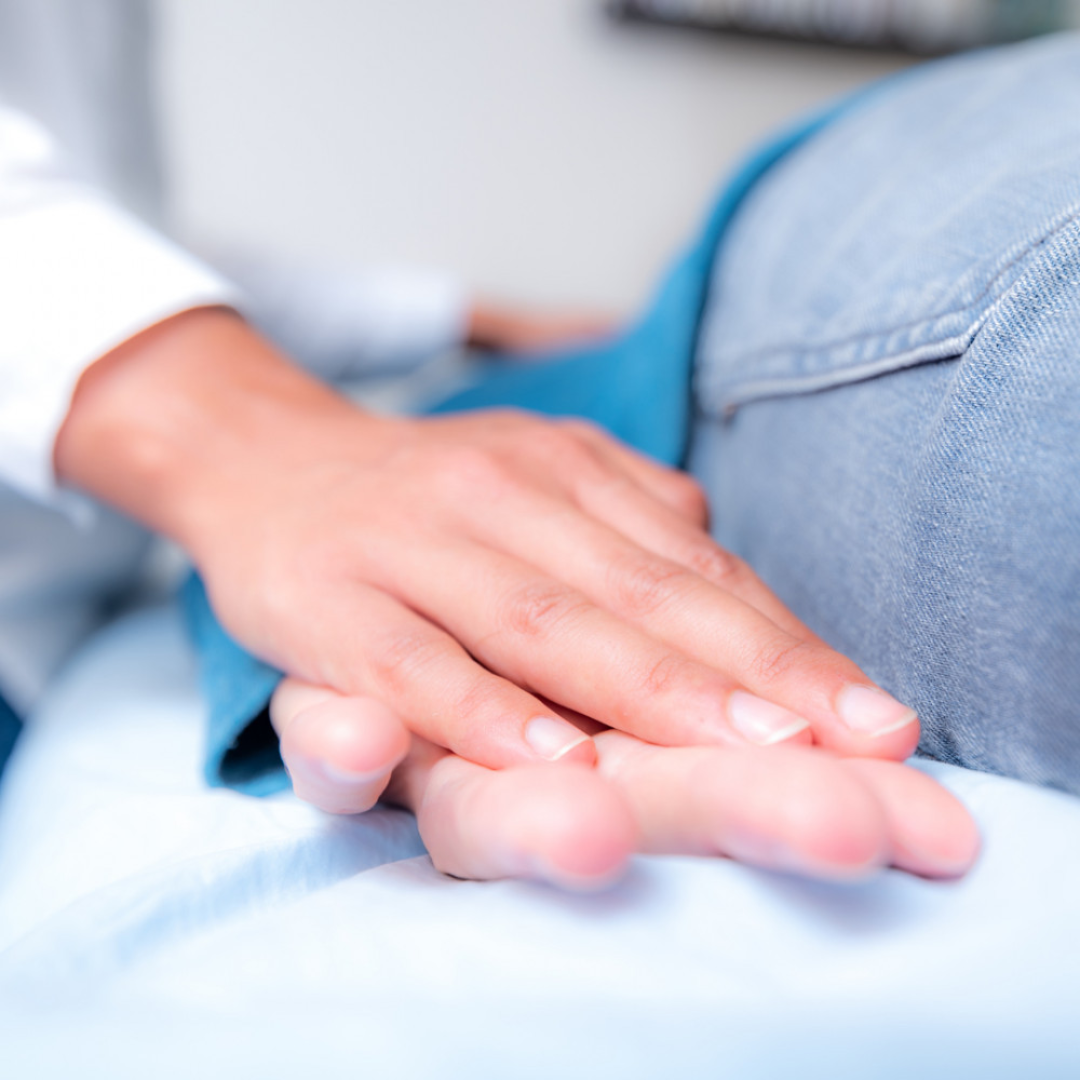
9. Eastern Reiki
While Usui Reiki is the most well-known, this style of Reiki treatment is a close second in terms of popularity.
Eastern Reiki, or Jikiden Reiki, is a more advanced version of Usui Reiki. This treatment has a century of history in Japan, where several practitioners developed it. Jikiden Reiki was created to enable different people to test and experiment with the Usui version.
This Reiki is non-invasive to the customer, just like its Western equivalent. This sort of Reiki is used to help clients break unhealthy behaviours, such as alcoholism, and to help them overcome addiction. Jikiden Reiki can also speed up recovery after various medical treatments!

Risks And Side Effects Of Reiki
Because Reiki is a non-invasive treatment, multiple studies have found no adverse consequences. Clients typically report feeling calm after a session, although some feel stimulated.
Newton notes that depending on the severity of the issue, some clients may become more emotional or have other powerful feelings in the days or weeks following a session.
While Ra's professional code of ethics governs reiki practitioners, there are no licensing bodies like there are for doctors, nurses, or even hair stylists.
“Reiki Master” is the most significant level of training, but practitioners have varying levels of training and ability.
Practitioners urge customers to do their homework—ask a practitioner about their training and credentials and pick someone to help them achieve their goals.
One risk is that customers will misunderstand the role of reiki in a treatment plan. The Reiki Alliance, a professional reiki group, has a code of ethics that clearly emphasizes that reiki practitioners work as a supplement to a patient's medical care, not a replacement.
Reiki isn't meant to cast doubt on other medical treatments or procedures. Reiki should not be used as a substitute for medical doctors, surgery, treatment, or prescription pharmaceuticals.
Clients should also be informed that while reiki, like yoga or meditation, has roots in ancient spiritual practices, it is not a religion.
Practitioners and customers come from many walks of life and have a variety of religious beliefs. Receiving Reiki isn't meant to obstruct or detract from anything else.
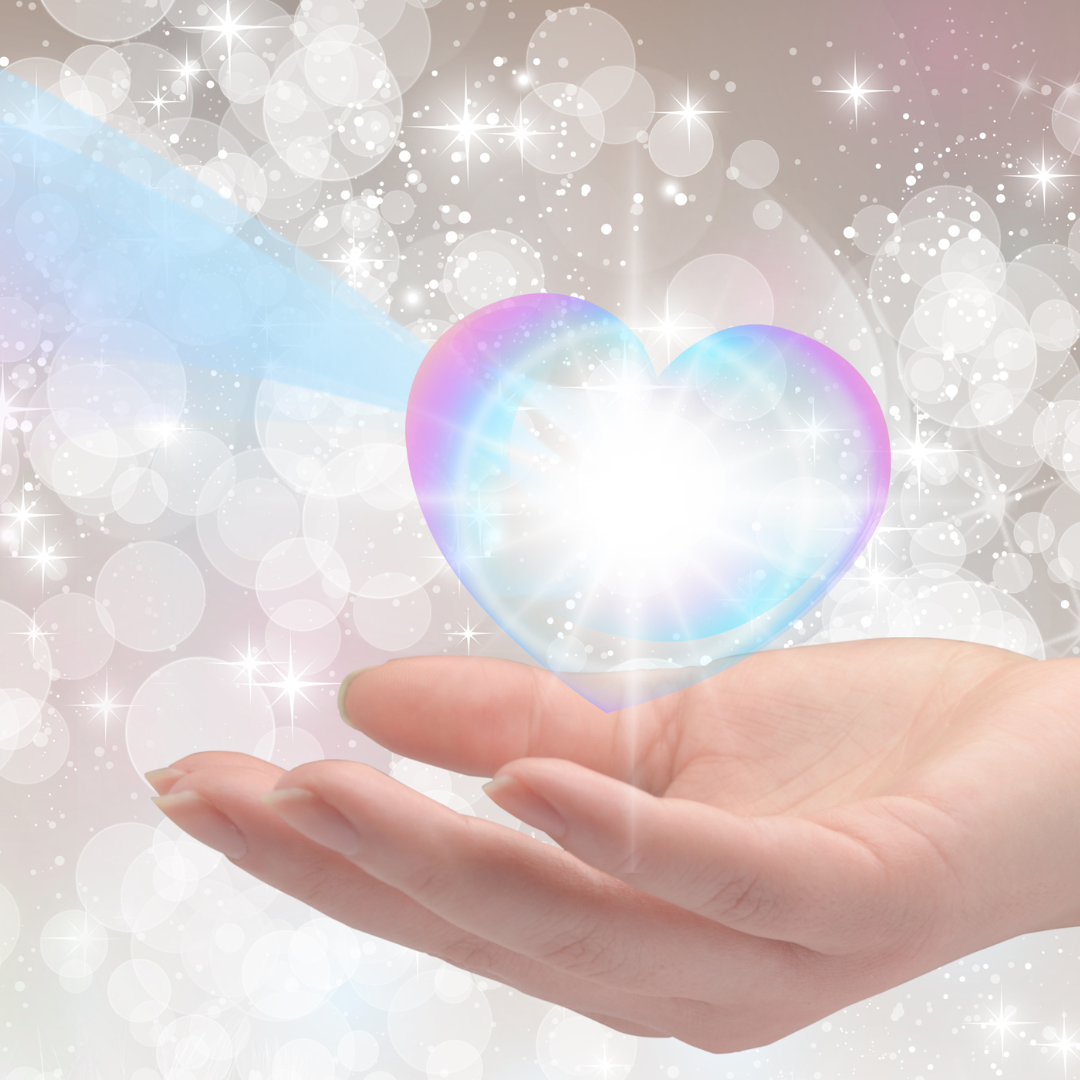
Conclusion
“You may feel the energy in the form of heat, tingling, or pulsing where the Reiki practitioner has placed their hands,” according to Bodner.
“Some people experience sensations moving throughout their bodies, while others experience no change at all.” Most people feel relaxed and peaceful during a reiki treatment, and many fall asleep.
I trust you enjoyed this article on An Overview Of Reiki Energy Healing. Please stay tuned for more blog posts to come shortly. Take care!
JeannetteZ
>>>Please click here to read my all-inclusive article about A Comprehensive Guide To Healing Naturally<<<
>>>Are you interested in Natural Healing through Herbs? Please click here for my #1 Recommendation<<<
Your Opinion Is Important To Me
Thoughts? Ideas? Questions? I would love to hear from you. Please leave me your questions, experience, and remarks about this article An Overview Of Reiki Energy Healing in the comments section below. You can also reach me by email at Jeannette@Close-To-Nature.org.
Disclosure
This post may contain affiliate links. As an Amazon Associate and other affiliate programs, I earn from qualifying purchases at no extra cost to you. Read my full affiliate disclosure.
You might also enjoy these blog posts:
Natural Healing For Leaky Gut Syndrome
Easy Steps To Grow Angelonia In A Container
23 Best Healing Plants For Your Home

